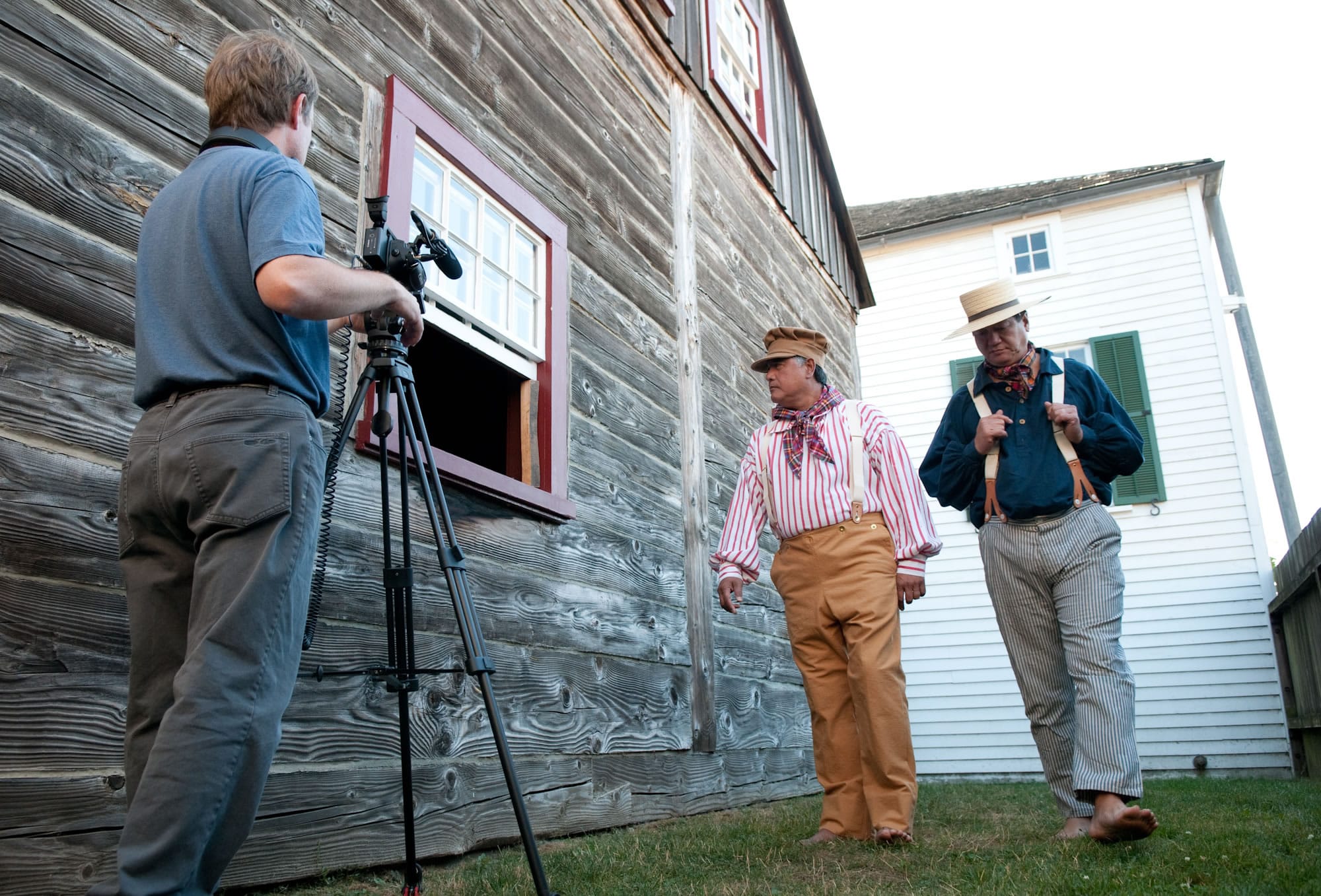When Mosaic, the first graphic Web browser for the internet, appeared April 22, 1993, there were approximately 1.5 million computer hosts with registered IP addresses. A mere four years later, in 1997, following the success of Netscape and Internet Explorer, the number of hosts had risen to close to 19.5 million worldwide. Less than 20 years later, the number has swollen to over 1 billion.The colonization of the Internet has given rise to businesses that 30 years ago did not exist:
o Designing virtual assets — like swords — for computer games or clothing for avatars.
o Developing social environments — like Facebook — where people connect with friends and followers.
o Scrubbing people’s profiles from the Web.
o Tightening cybersecurity for businesses.
o Tracking down criminal behavior on the net.
Today, people friend, follow, link, tumble, press, check in, share, send, spend, upload, download, search, remix, and mash up to the point that we can say unequivocally that “data never sleeps.”So the question arises: “What information can we glean from the development of computer technology of the past for ‘areas of promise’ in the future?” The answer is: Research and development is the coin of the realm, and research institutions like Washington State University stand at the forefront of R&D.
The Internet stemmed from the U.S. government’s Advanced Research Projects Agency, founded in 1957 in response to fear of Soviet domination of space and advanced military technologies. But it was researchers at institutions of higher learning who followed through the 1960s, laying the groundwork for infrastructure, protocols, and policies that shaped development of the Internet.Universities have continued to play a major role in the advancement of technology. The National Science Foundation was founded at a conference convened at the University of Wisconsin, in 1979. (The University of Wisconsin also has the distinction of being the first location of a “named” server, something we take for granted now when we type a URL.) Also, in 1979, the first virtual environment was created at the University of Essex in the U.K. by two students who wanted to take a live role playing game — Dungeons and Dragons — online. One of the first search tools, Veronica, was produced by researchers at the University of Nevada.
In more recent history, Facebook was created by students at Harvard University, Twitter was conceived at New York University, and Google was a research project by two Stanford University students.Like Harvard, Stanford, the University of California at Los Angeles and 92 other U.S. universities, Washington State University is designated a “tier one” research institution. WSU faculty can be leaders in R&D for the communities we serve, and beyond.



